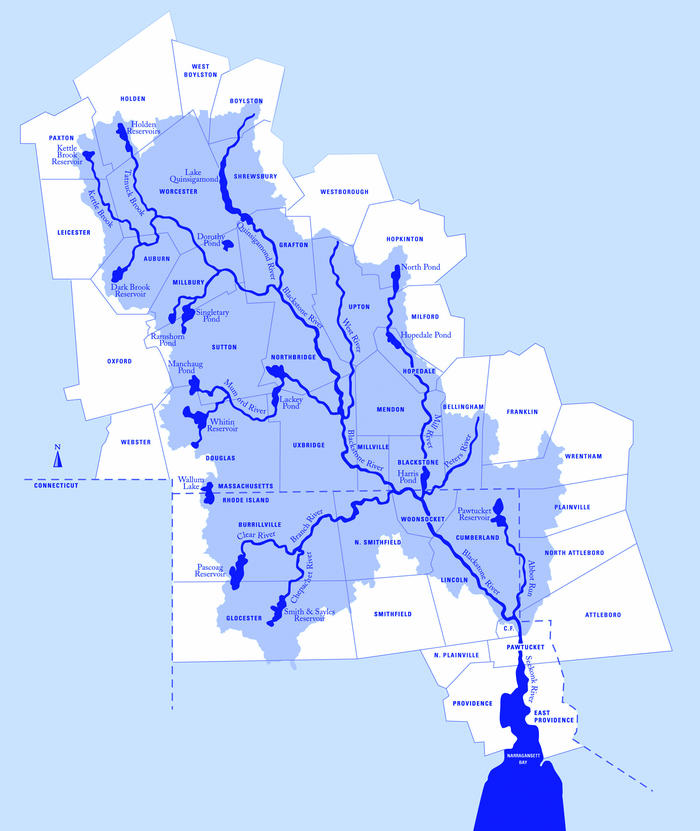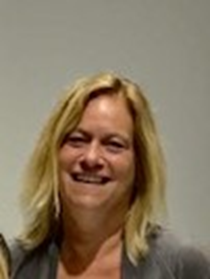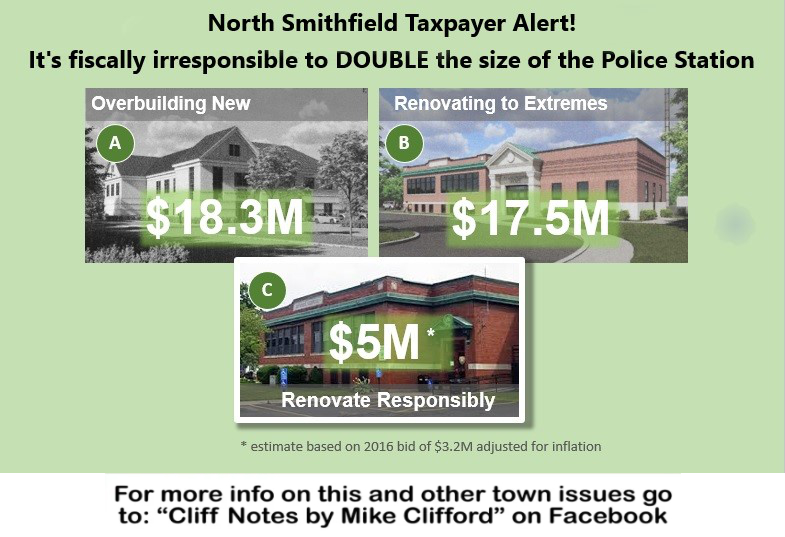NORTH SMITHFIELD – It’s a monumental task, and if successful, it will be one for the record books.
Donna Kaehler is seeking 10,001 people to help “ZAP,” the Blackstone River Watershed, celebrating the 50th anniversary of the largest one-day regional environmental clean-up in American history by once again organizing a hoard of volunteers.
Local environmental groups have begun planning The Great 2022 Blackstone River Revival Project ZAP 50, an event that aims to duplicate the 10,000 volunteer Operation ZAP, which took place in 1972.
An effort that brought together groups from more than 20 towns, 1972’s ZAP event was coordinated by the Blackstone River Watershed Association led by its then Executive Director David Rosser. That September 9, 10,000 locals descended on what was then known as one of the most polluted and abused rivers in the United States, removing tons of litter that included appliances, furniture and even vehicles from its banks.
Kaehler, a North Smithfield resident who once served as the town’s recycling coordinator, is now the director of Keep Blackstone Valley Beautiful, and is helping to coordinate the effort, organizing volunteers from the ten Rhode Island towns deemed part of the Blackstone Valley.
Bonnie Combs, marketing director for the Blackstone River Valley National Heritage Corridor, meanwhile, will call on valley residents on the Massachusetts side, which extends out to Worcester.
“I think, together, we can really do this,” Kaehler said. “It’s simple and it’s fun. Hopefully people will want to get involved.”
The river itself has come a long way since the notorious ZAP – or “Zero Away Pollution,” event 50 years ago, and 2022’s clean up will focus not just on the channel, but the entire Blackstone River watershed, which features stream and brooks through 24 communities, including Pawtucket, Burrillville and neighboring Massachusetts.
“We aim to keep this whole area pollution free,” said Kaehler, noting that the tributaries affect the overall health of the river. “It’s kind of cool to realize what I do here in my yard can effect the Blackstone River.”

Working beneath the umbrella of the Blackstone Valley Tourism Council, KBVB is the only Rhode Island affiliate of the national Keep America Beautiful. It is one of many organizations and groups that has worked on efforts to restore and protect the Blackstone River in the years since that historic ZAP event.
“It brought a lot of awareness to it,” Kaehler said.
“Today, the health of the Blackstone River is not what it was in 1972,” states a video promoting next year’s clean up, noting that at the time of the first ZAP event, the river had suffered through 150 years of industrialization and could no longer support life. “The Blackstone has changed for the better. It’s evident and visible.”
“People are using the river in all kinds of ways biking, kayaking, painting,” noted Kaehler.
Still, advocates point out that the river has a long way to go to reach the goal of making it safe to swim, drink and eat the fish that come from its 48 miles of waters.
“A river of this size and magnitude – it’s kind of crazy to think you can’t go in it,” Kaehler said. “We’re not there yet. We have made such great progress in the 50 years We’ve made great strides, but where not where we want to be.”
Kaehler said that with the large-scale goal of creating a 10,001-person cleaning army, every little bit of individual effort can make a big difference- including spreading the word.
“Maybe it’s a teacher talking to her class,” she said. “That’s going to help our goal. Why can’t we all do something? Simple things we do can help us feel good and like we’re part of the big solution.”
Those who sign up for ZAP 50 can help to pick up litter from the river itself, but other efforts within the Blackstone Valley, such as cleaning up roadways, or planting trees and flowers, will also be counted toward the effort.
The date is for the clean up event has been set for Saturday, Aug. 27, 2022 Businesses scout groups community groups churches. We really want as many people as people.
A celebration has been scheduled following the clean up and closer to the official ZAP anniversary on Saturday, Sept. 10 that will mirror the party held for volunteers in 1972, featuring music and more.
“We want to bring that whole vibe back,” Kaehler said. “We like a party.”
While the events will provide a needed boost to environmental efforts in the Blackstone Valley, Kaehler notes the work will continue long after the crowds go home.
“This one day event is a fun way to bring attention to it,” she said. “The message and the progress is continuing beyond that.”
And of course, to be a true success, Kaehler must recruit at least one more person than the amount that showed up 50 years ago.
“We have to get one more,” she said. “This is a mission. I really think people are going to be excited to be part of something. The more people the better.
Sign up to do your part at https://zaptheblackstone.com/. Those interested in helping to organize and plan this large-scale effort are also asked to contact Kaehler at [email protected].
Editor’s note: The above article has been edited to reflect that it was the, “Blackstone River Watershed Association,” that led the cleanup in 1971.










Correction: in 1972, it was the “Blackstone River Watershed Association” led by its Executive Director, David M Rosser, who conceived of massive river cleanup along Blackstone River in Rhode Island. At that point back then, fifty years ago (the planning began in 1971) the Blackstone was on the brink and needed a lot of help for its basic survival. It was an open sewer with industrial effluents and household sewage flowing into on regular basis. Municipal sewerage was not yet sufficiently in place. David Rosser and Clarence Gaudette were actively surveying the riverbanks, dams, gates. In December 1971, a complied list of more than 400 polluter sources were cited and subsequently given to EPA’s first regional director of New England, John McGlennon. The EPA was too young at that time to have gathered that knowledge on its own. It was the local people who led way in the early 1970s. That spirit lives on in the Blackstone River Valley to this day.